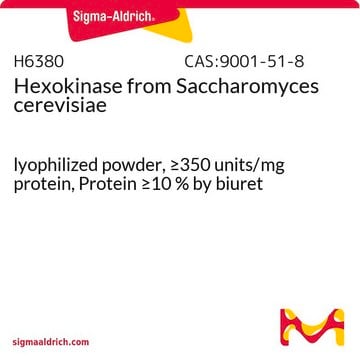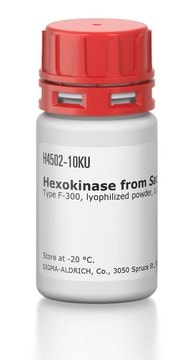H7779
Retinoic acid p-hydroxyanilide
≥95%
Synonym(s):
4-HPR, Fenretinide, N-(4-Hydroxyphenyl)retinamide
About This Item
Recommended Products
biological source
synthetic (organic)
Assay
≥95%
form
powder
color
yellow to yellow-orange
storage temp.
−20°C
SMILES string
CC1=C(\C=C\C(C)=C\C=C\C(C)=C\C(=O)Nc2ccc(O)cc2)C(C)(C)CCC1
InChI
1S/C26H33NO2/c1-19(11-16-24-21(3)10-7-17-26(24,4)5)8-6-9-20(2)18-25(29)27-22-12-14-23(28)15-13-22/h6,8-9,11-16,18,28H,7,10,17H2,1-5H3,(H,27,29)/b9-6+,16-11+,19-8+,20-18+
InChI key
AKJHMTWEGVYYSE-FXILSDISSA-N
Related Categories
General description
Application
- as a synthetic retinoid to induce apoptosis in SEB-1 sebocytes
- as a medium supplement for C2C12 myoblasts to test its effect on ceramide formation
- to test in cytotoxicity in T-cell acute lymphoblastic leukemia (T-ALL)
Biochem/physiol Actions
Signal Word
Danger
Hazard Statements
Precautionary Statements
Hazard Classifications
Acute Tox. 4 Dermal - Acute Tox. 4 Inhalation - Acute Tox. 4 Oral - Eye Irrit. 2 - Repr. 1B - Skin Irrit. 2 - STOT SE 3
Target Organs
Respiratory system
Storage Class Code
6.1C - Combustible acute toxic Cat.3 / toxic compounds or compounds which causing chronic effects
WGK
WGK 3
Flash Point(F)
Not applicable
Flash Point(C)
Not applicable
Personal Protective Equipment
Certificates of Analysis (COA)
Search for Certificates of Analysis (COA) by entering the products Lot/Batch Number. Lot and Batch Numbers can be found on a product’s label following the words ‘Lot’ or ‘Batch’.
Already Own This Product?
Find documentation for the products that you have recently purchased in the Document Library.
Customers Also Viewed
Our team of scientists has experience in all areas of research including Life Science, Material Science, Chemical Synthesis, Chromatography, Analytical and many others.
Contact Technical Service












